The Rise of Chinese Cars: Top Electric Models and Leading Brands of 2025
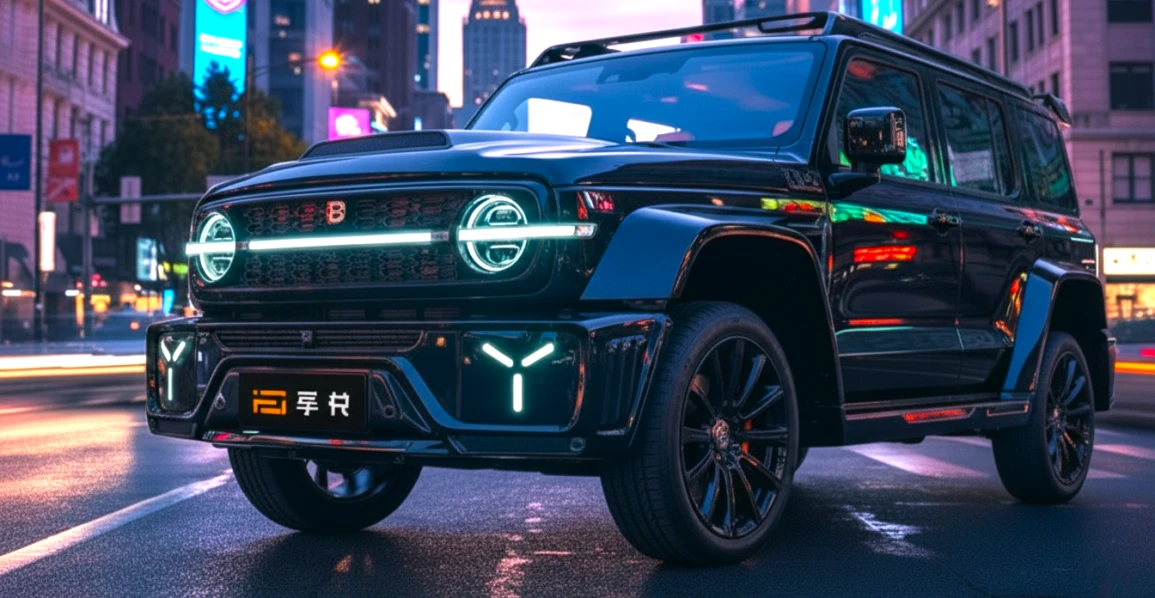
"Made in China." Ten years ago, this phrase applied to a car would elicit a condescending smile. Today, it makes the executives of global auto giants nervous. The Chinese automotive industry has made an incredible leap – from simple copying to creating advanced technologies and global expansion. In 2025, it is simply impossible to ignore chinese cars.
Why is it important to talk about this now? Because China has become the world leader in the most important and promising niche – the production of electric vehicles. Breakthroughs in battery technology, bold design, and aggressive pricing policies have allowed Chinese brands not just to catch up with, but in some ways, to surpass the recognized leaders.
Now, let's talk more about the modern Chinese auto industry. We will delve into how Chinese companies have managed to achieve such progress, showcase the best chinese electric cars and other models that are already conquering world markets today. We will also help you understand which chinese car brands are worth paying the closest attention to.
A Brief Overview of the Development of Chinese Automakers
The journey of the Chinese auto industry can be conditionally divided into three stages.
- The Copying Stage (1990–2010). The first private companies, such as Chery, Geely, and Great Wall, began by copying popular Japanese and European models. The quality was low, but so was the price.
- The Partnership and Learning Stage (2010–2020). Chinese brands actively created joint ventures with global giants (VW, GM, Toyota), gaining access to technologies and quality standards. In parallel, they began to invest billions in their own R&D centers and to lure the best designers and engineers from Europe.
- The Innovation and Expansion Stage (from 2020). Thanks to strong state support and a focus on electric vehicles, Chinese companies have surged into leadership. Brands like BYD, NIO, and Xpeng have become trendsetters in battery technology and smart systems.
Today, chinese car brands represent affordability, technology, design, and ambition.
Main Categories of the Best Chinese Cars
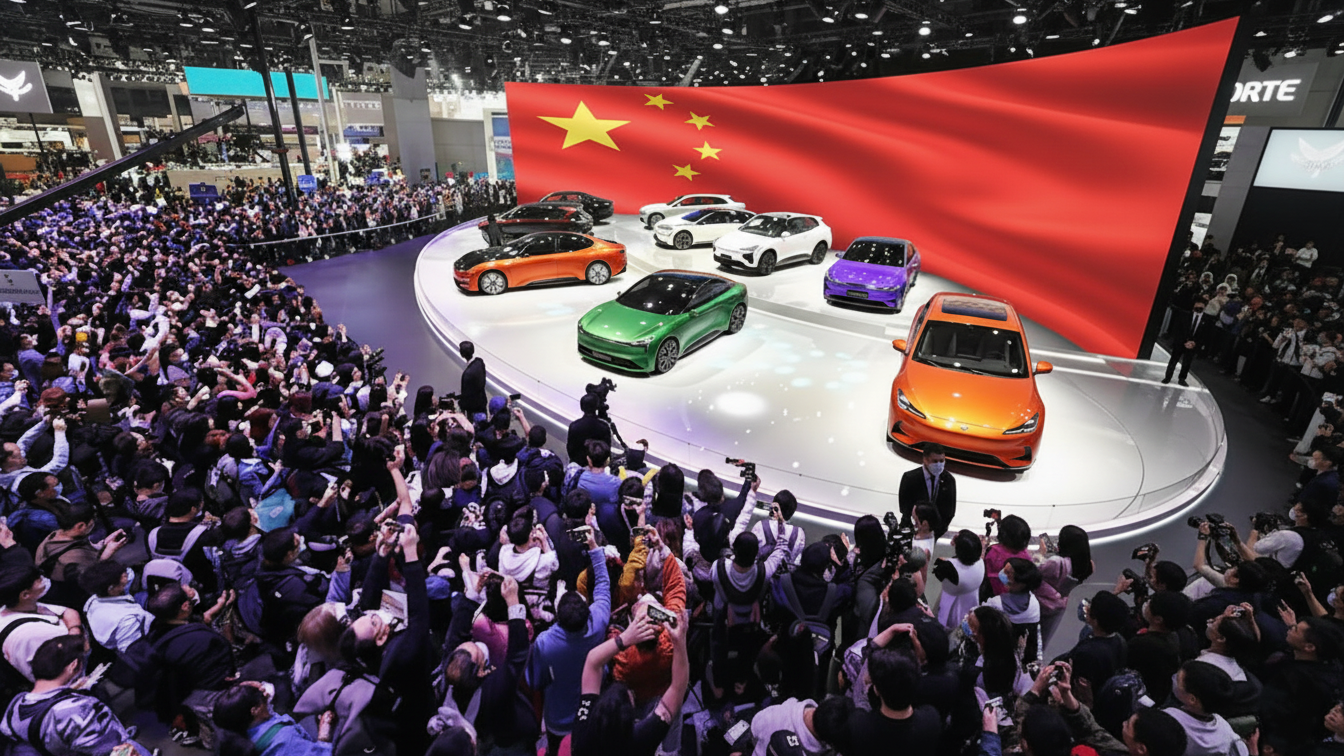
Today's Chinese auto industry offers models in all segments, but it is particularly strong in several key areas.
- Premium Electric Sedans. Direct competitors to Tesla. Models like the BYD Han or NIO ET7 offer a range of over 600 km, luxurious interiors, and advanced autopilot systems.
- Affordable Electric Crossovers. This segment is the main growth driver. Models like the MG 4 EV or BYD Atto 3 offer European buyers an excellent combination of price, range, and equipment.
- Luxury SUVs. Brands like Hongqi (the favorite brand of the Chinese government) and Li Auto are storming the premium market with huge, technologically advanced, and luxuriously appointed SUVs.
- Sports Cars and Supercars. For now, this is more of a demonstration of capabilities, but brands like NIO with their EP9 hypercar (which set a Nürburgring record) show that the Chinese can also create super-fast cars.
TOP 15 Best Chinese Cars
We have selected 15 models that best represent the modern Chinese auto industry. Many of them are already sold or will soon appear in Europe and Cyprus.
Model | Type | Range / Consumption | Feature |
BYD Han EV | Electric Sedan | ~610 km | Blade Battery, 0–100 in 3.9s |
NIO ET7 | Electric Sedan | ~1000 km (w/ 150 kWh) | Swappable batteries, Lidar |
Xpeng P7 | Electric Sedan | ~576 km | Advanced XNGP autopilot |
Li Auto L9 | Hybrid SUV | ~1315 km (total) | "EV without a plug," 6 screens |
Zeekr 001 | Electric Hatchback | ~620 km | Geely design, air suspension |
Hongqi E–HS9 | Electric SUV | ~465 km | "Chinese Rolls–Royce," luxury |
MG 4 EV | Electric Hatchback | ~450 km | Best price/quality ratio in Europe |
BYD Dolphin | Electric Hatchback | ~427 km | Affordable price, practicality |
Lynk & Co 01 | Hybrid SUV | ~69 km (electric) | Volvo platform, subscription model |
Polestar 2 | Electric Sedan | ~654 km | Scandinavian design, Google Automotive |
Volvo XC40 Recharge | Electric SUV | ~573 km | Premium, Volvo safety |
Chery Omoda 5 | Petrol SUV | 7.8 L/100 km | Futuristic design for the global market |
GWM Tank 300 | Petrol SUV | 10.7 L/100 km | Rugged off–roader, body-on-frame |
GAC Aion S | Electric Sedan | ~510 km | Affordable sedan with good range |
WM Motor W6 | Electric SUV | ~520 km | Autonomous parking system |
BYD Han EV
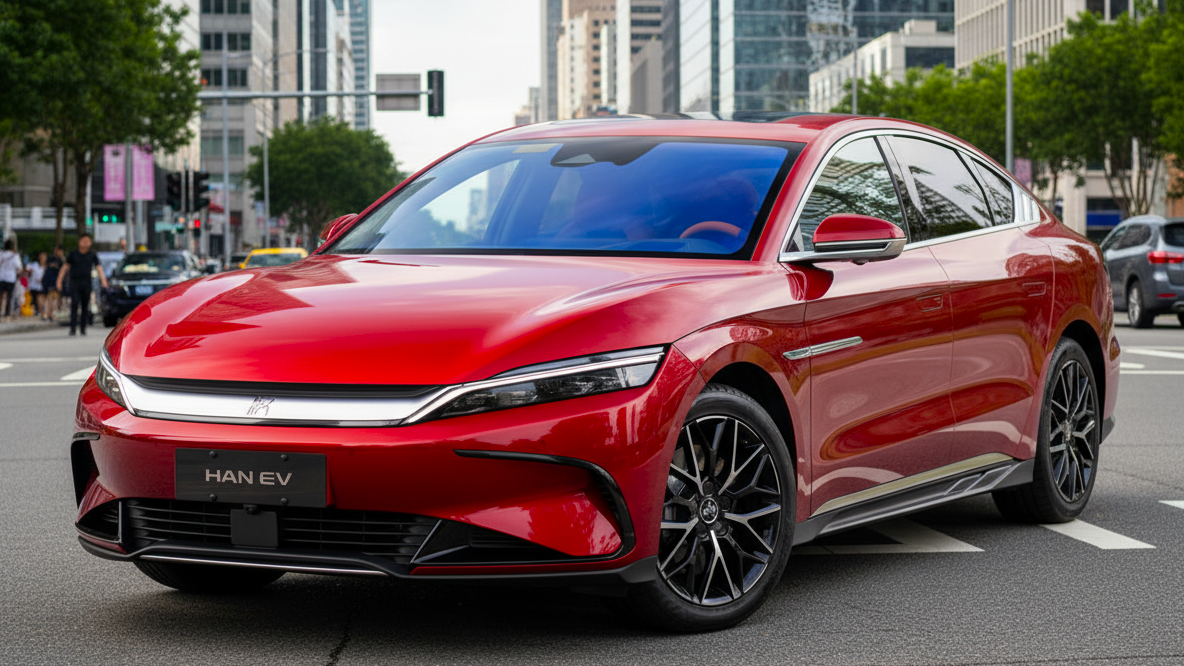
The flagship sedan from the world's largest manufacturer of electric vehicles. Its main feature is the ultra-safe Blade Battery.
NIO ET7
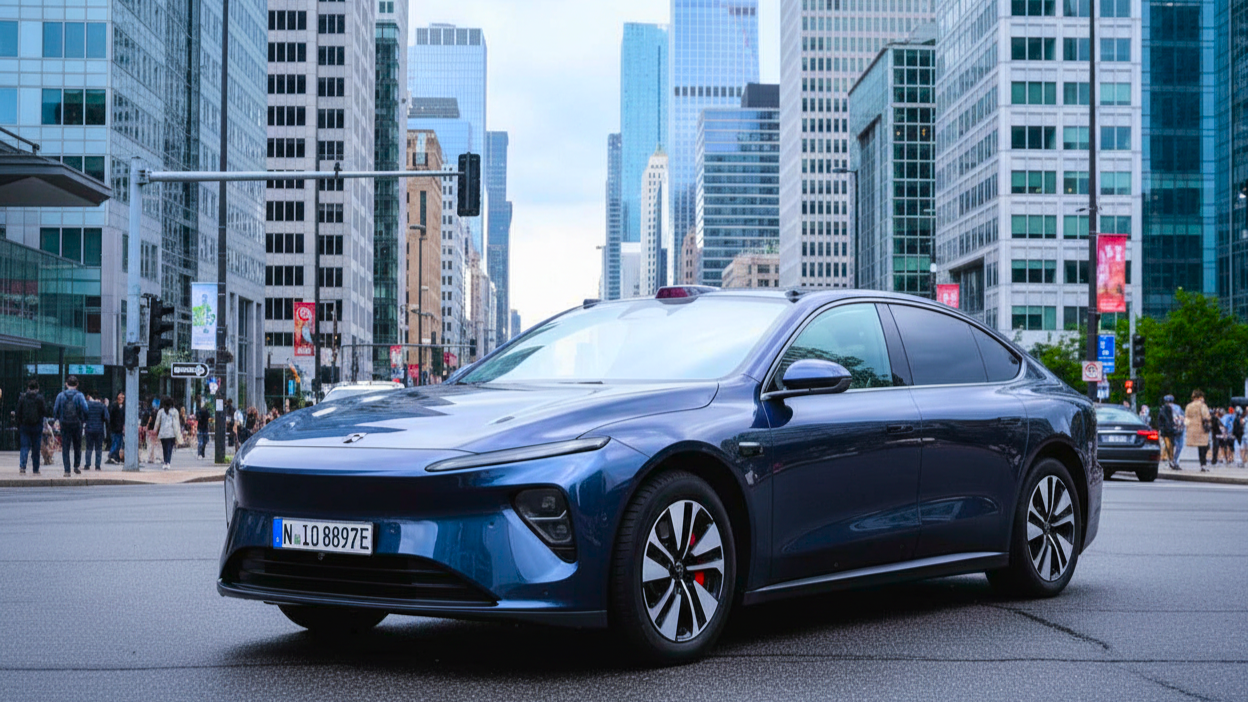
A premium sedan with a unique battery swap technology – at special stations, an empty battery is replaced with a full one in 5 minutes.
Xpeng P7
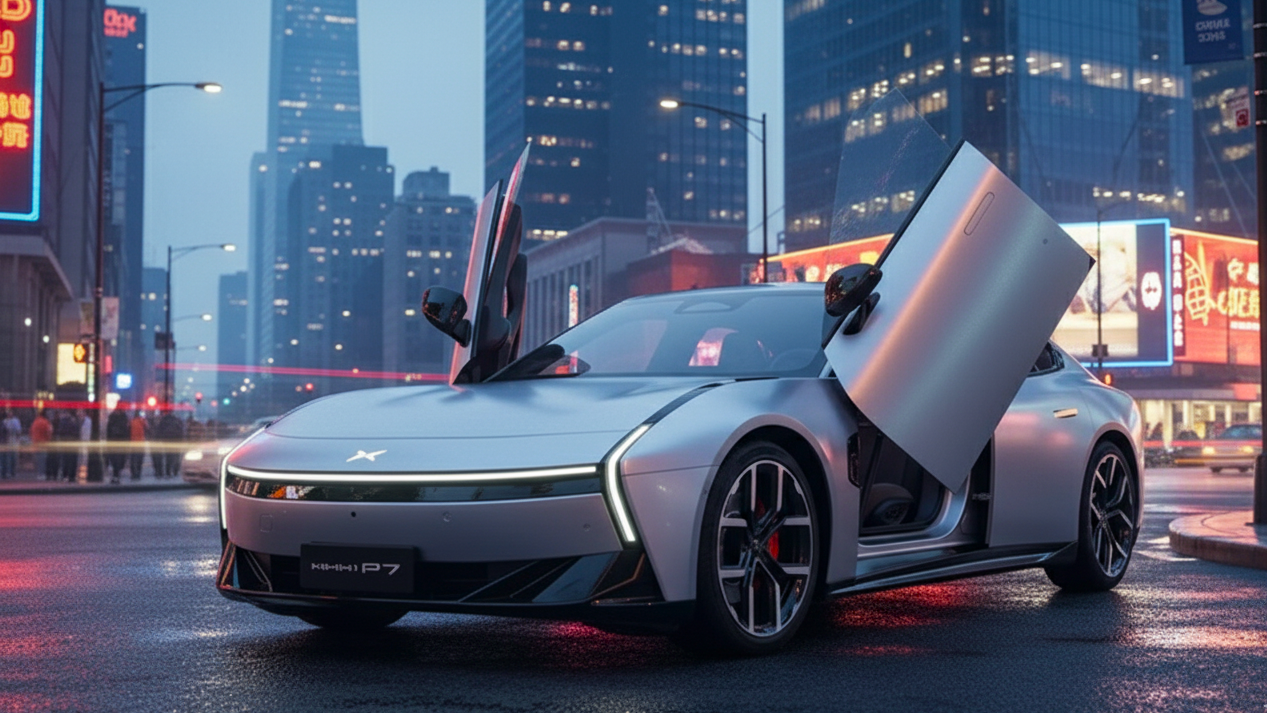
A sporty sedan that challenges the Tesla Model 3. Its strong point is one of the most advanced autopilot systems, XNGP.
Li Auto L9
.png?_t=1759902616)
A unique hybrid where the petrol engine works only as a generator to charge the battery. Essentially, it's an electric car that doesn't need to be plugged in.
Zeekr 001
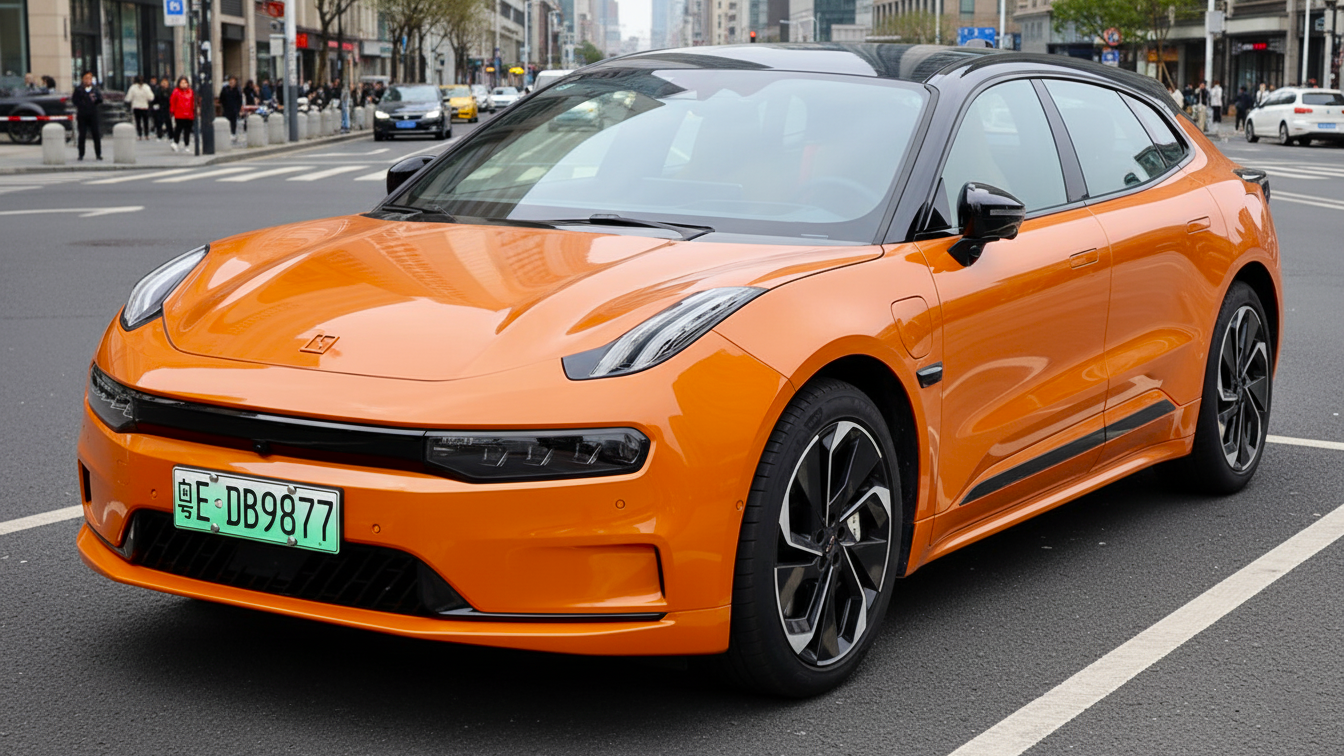
A premium brand from Geely (owner of Volvo and Polestar). The Zeekr 001 is a stylish and powerful shooting brake with air suspension.
Hongqi E–HS9
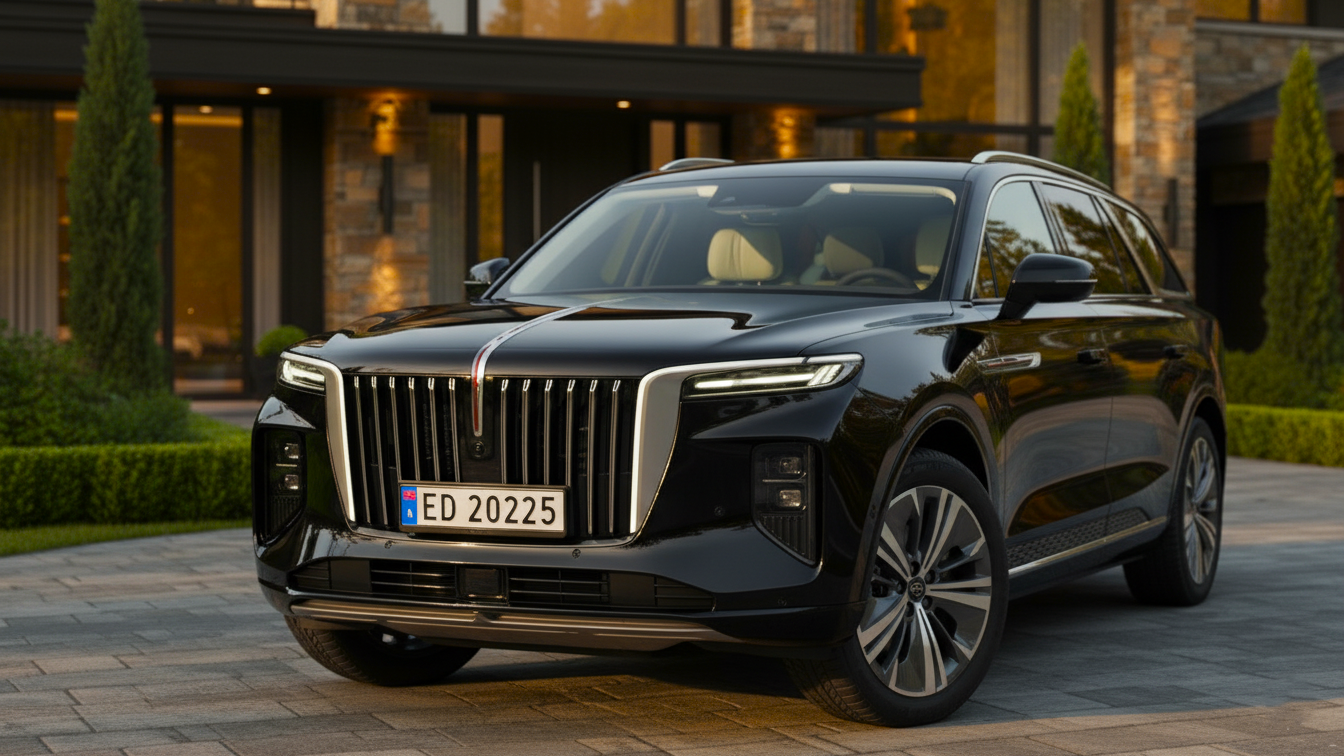
A huge, luxurious, and monumental electric SUV, often called the "Chinese Rolls–Royce."
GAC Aion S
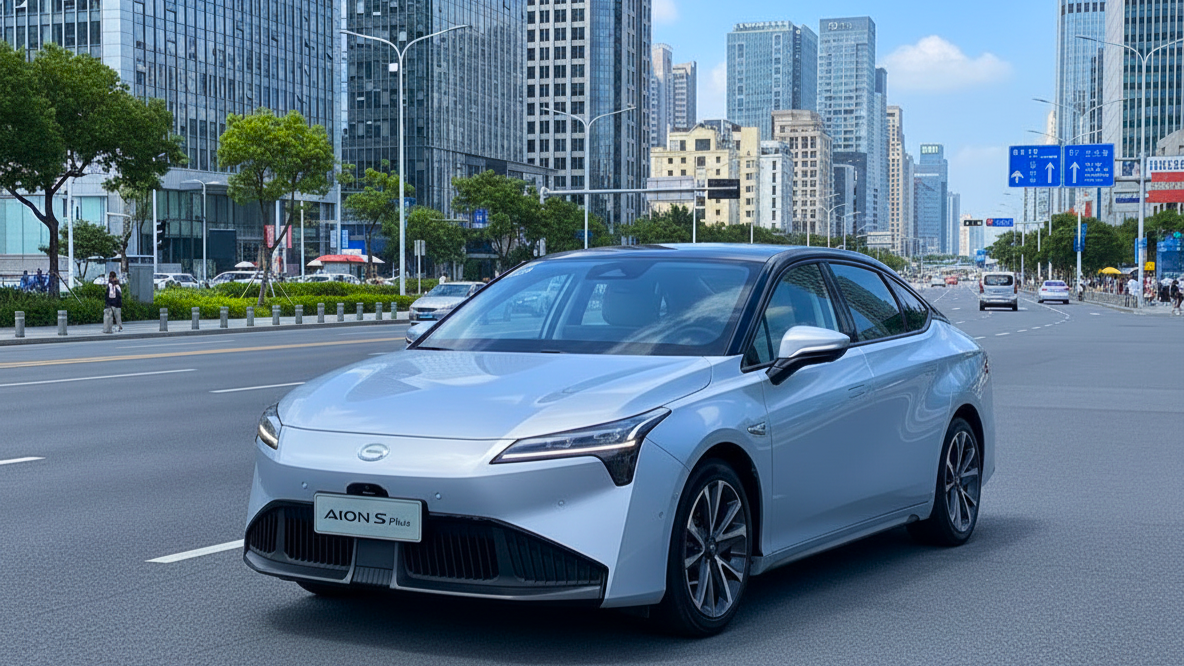
One of the most popular electric sedans in China, offering an excellent balance of price and range.
WM Motor (Weltmeister) W6
%20W6.png?_t=1759902616)
A crossover that was one of the first in the world to feature a fully autonomous parking system without a driver in the car.
Chery Omoda 5
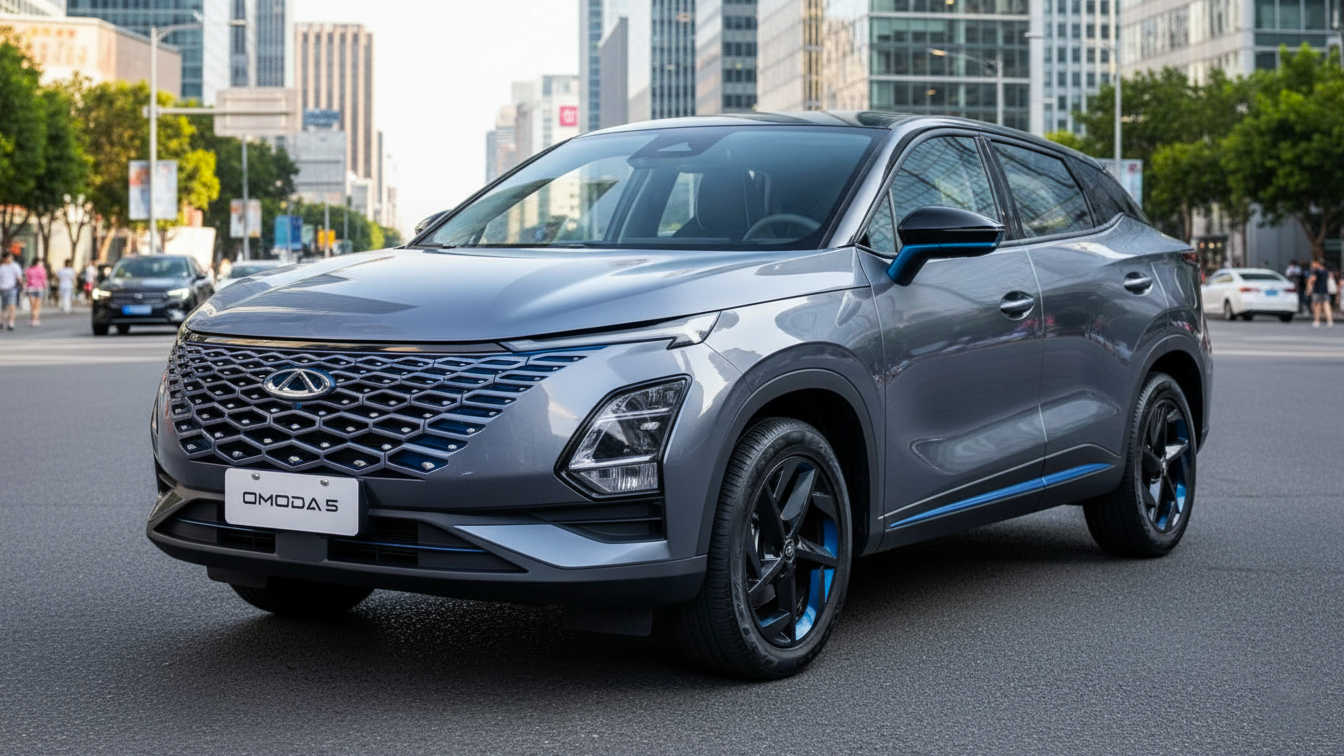
A bright and stylish petrol crossover with which Chery is actively entering global markets, including Europe.
Great Wall Tank 300
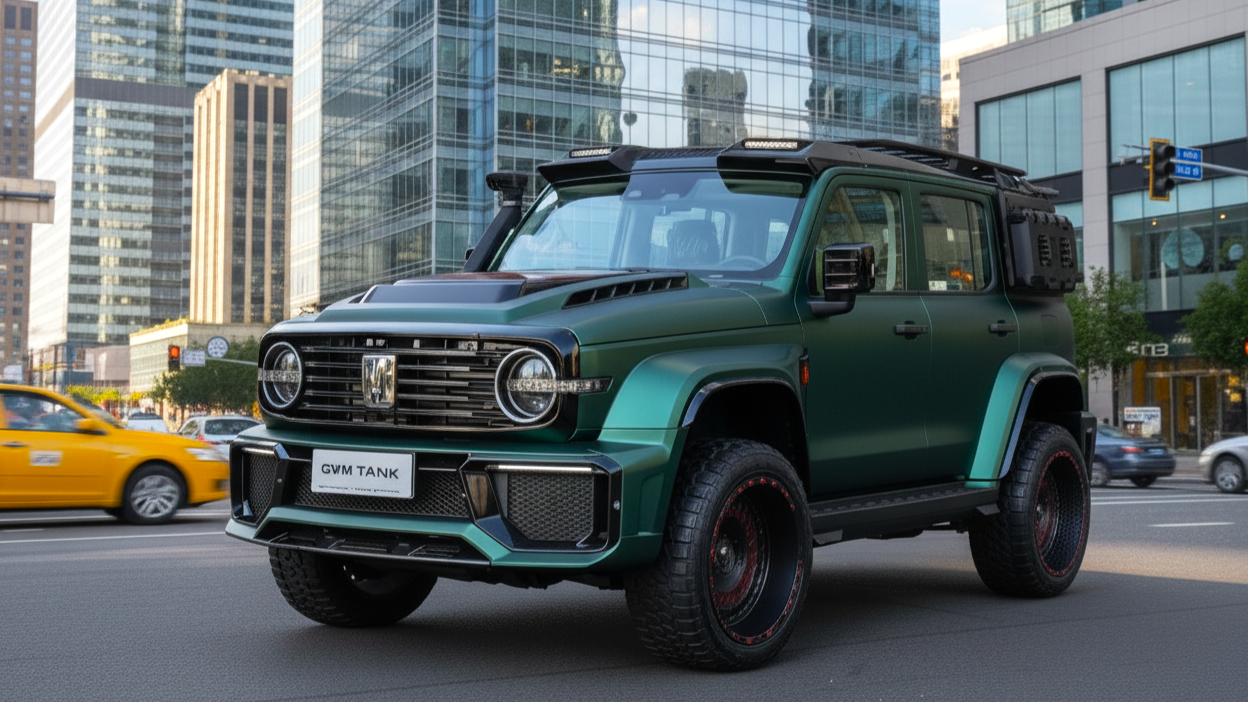
A rugged body-on-frame SUV with a design in the style of classic off–roaders.
MG 4 EV
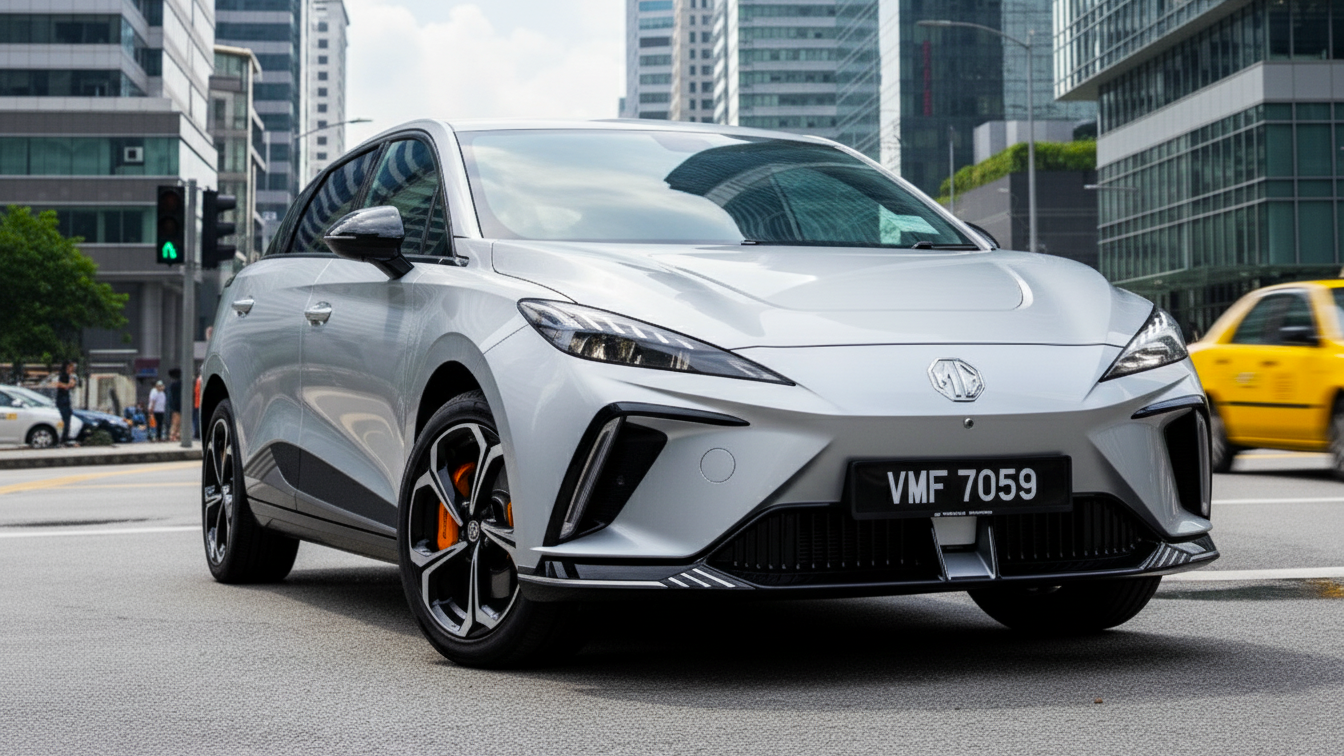
An electric hatchback that has become a hit in Europe. It offers rear-wheel drive, excellent handling, and a range of up to 450 km at a very competitive price.
Lynk & Co 01
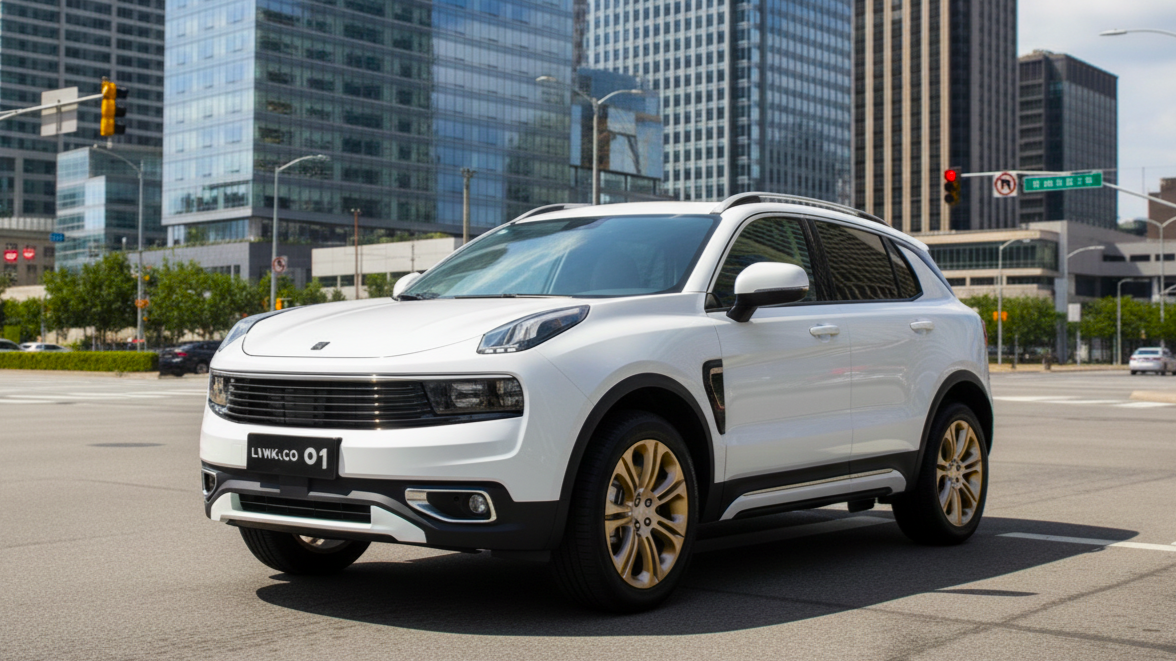
Another brand from Geely, built on the Volvo XC40 platform. It offers premium quality and a unique subscription-based ownership model.
Polestar 2
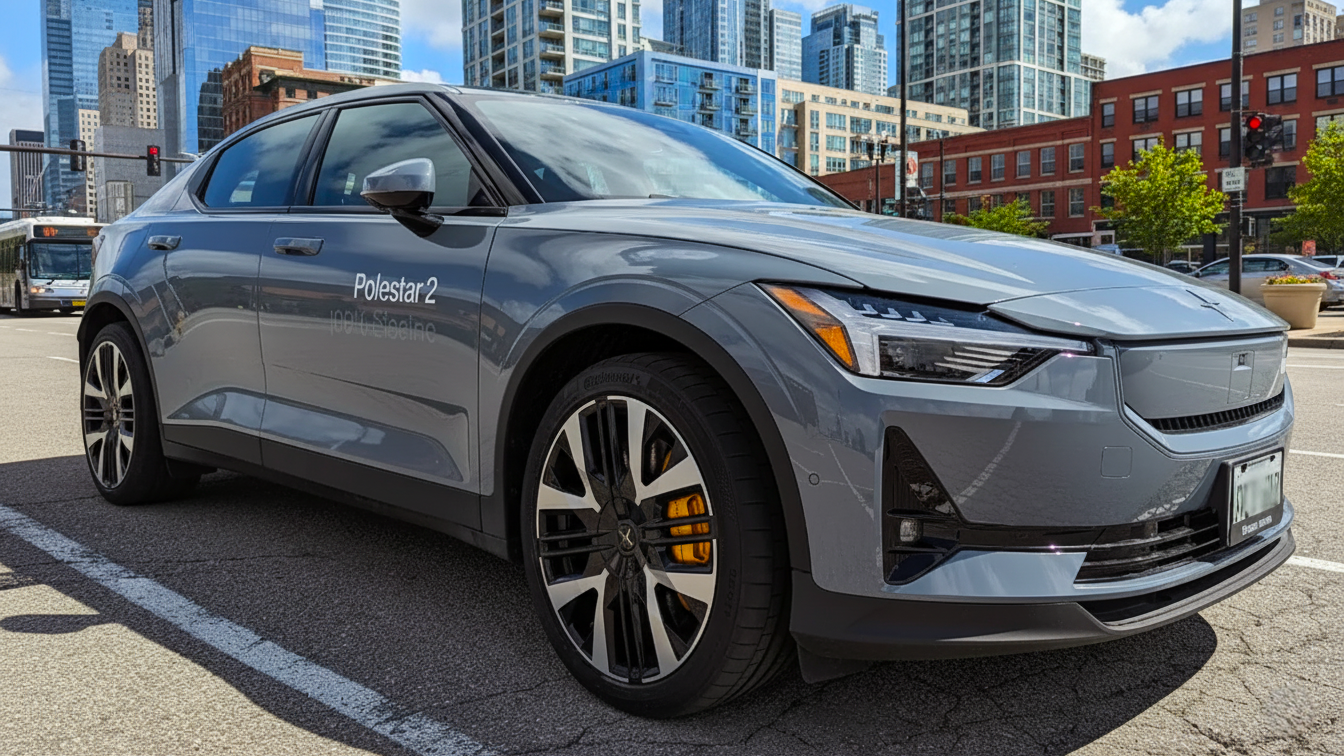
A Swedish–Chinese brand created by Volvo and Geely. The Polestar 2 is a stylish electric fastback with a minimalist design and an operating system from Google.
Volvo XC40 Recharge
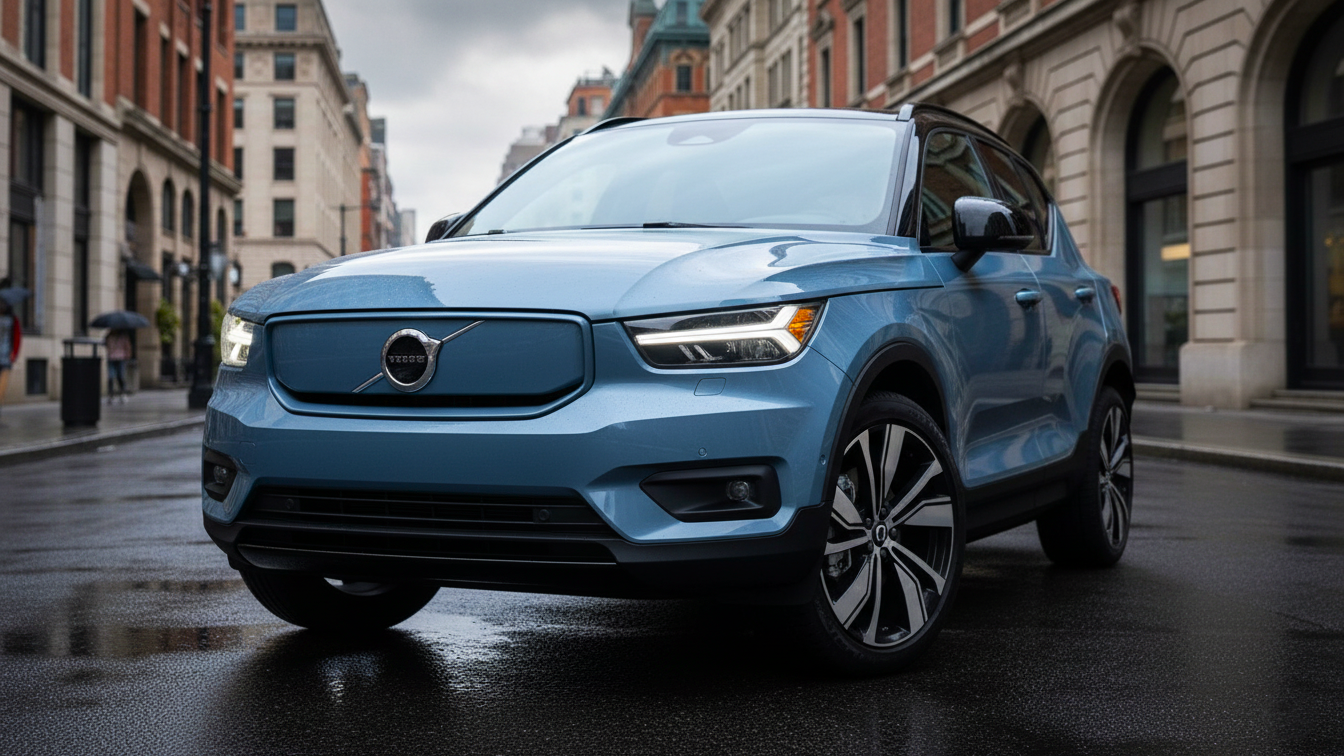
Although the brand is Swedish, it is owned by Geely, and many technologies are developed jointly. The XC40 Recharge is a premium compact electric crossover with benchmark safety.
BYD Dolphin
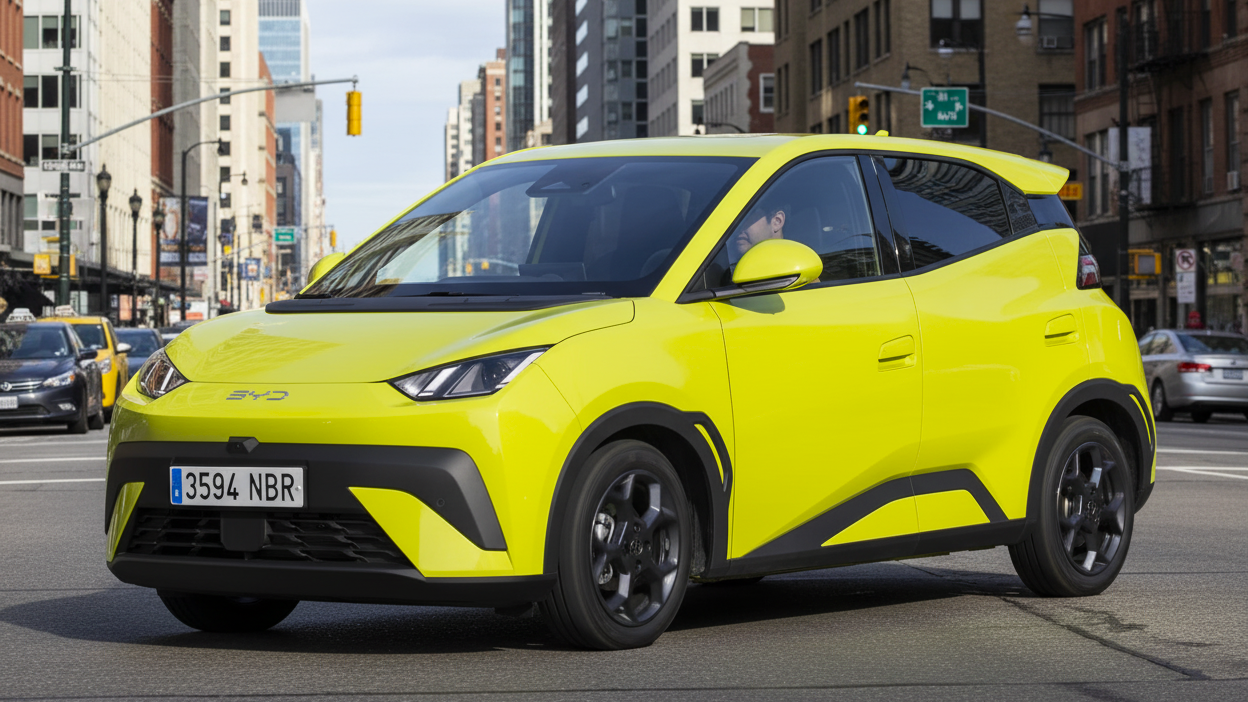
A compact and affordable urban electric hatchback that is already actively sold in Europe.
Expected Timelines for Global Market Entry and Pricing
Brands like BYD, MG, Lynk & Co, Polestar, and Zeekr are already actively operating in Europe. NIO and Xpeng are also expanding their presence. Chinese cars are putting immense pressure on European manufacturers, forcing them to lower prices and offer richer equipment. It is expected that by 2026–2027, the share of Chinese brands in the European electric vehicle market could reach 15–20%.
How to Assess the Quality and Reliability of Chinese Cars
Stereotypes about low quality are a thing of the past.Here is what to focus on:
- Crash Test Results. New models from major brands (BYD, MG, NIO) receive 5 stars in the European Euro NCAP tests.
- Warranty. Many Chinese brands entering the European market offer very attractive warranties – 7-8 years, to prove their confidence in the product.
- Platform. Many chinese car brands belong to large holdings and use proven platforms and technologies (for example, Lynk & Co and Volvo).
Technological Advantages of the Best Chinese Cars
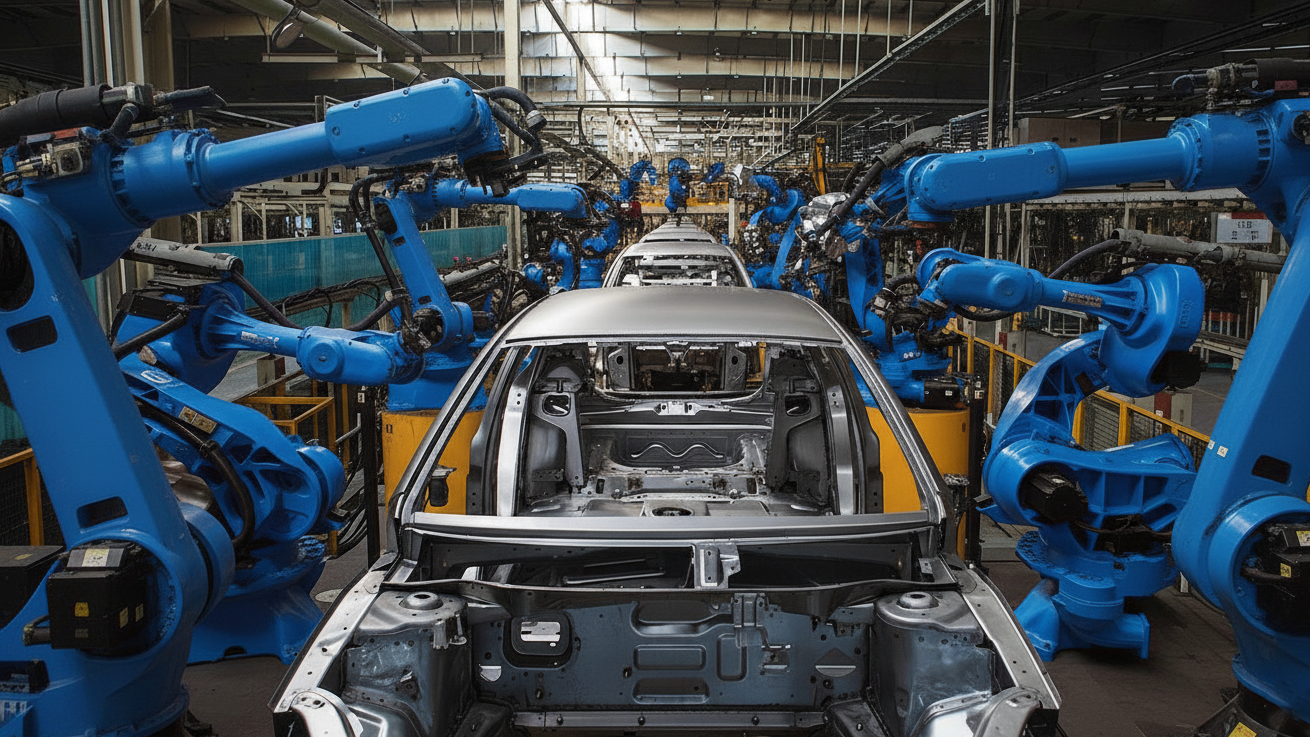
Chinese companies are leading in several key areas. First and foremost, battery technologies. Companies like CATL and BYD are the world's largest battery manufacturers, supplying their products to Tesla and BMW, among others. They are the first to introduce new types of chemistry (LFP, sodium–ion) and innovative designs (Cell–to–Pack). Also, Chinese companies like Xpeng and Huawei are developing their own autonomous driving systems that are already successfully competing with Western counterparts today.
Misconceptions About Chinese Cars
- All "Chinese cars" are the same. Incorrect. There is a huge difference between budget brands for the domestic market and premium brands created for global expansion.
- They only copy. Incorrect. Today, Chinese companies are leaders in the number of patents in the field of electric vehicles and batteries.
- Low quality. Incorrect for major export-oriented brands. Their factories are often more modern and automated than those of their European competitors.
Conclusions and Recommendations
Chinese cars are the new reality. In 2025, they offer advanced technology, bold design, and very competitive prices, especially in the electric vehicle segment. Chinese electric cars from brands like BYD, NIO, Xpeng, and MG are already among the best on the world market today. They are forcing the old guard to move faster and are making the technologies of the future more accessible to everyone.
When choosing a Chinese car, pay attention to brands that have already established themselves in Europe, have a developed dealer network, and offer a long warranty. The future of the automotive world will largely be determined in China. You can explore a wide selection of Chinese electric cars in our catalog on BuyCars.


